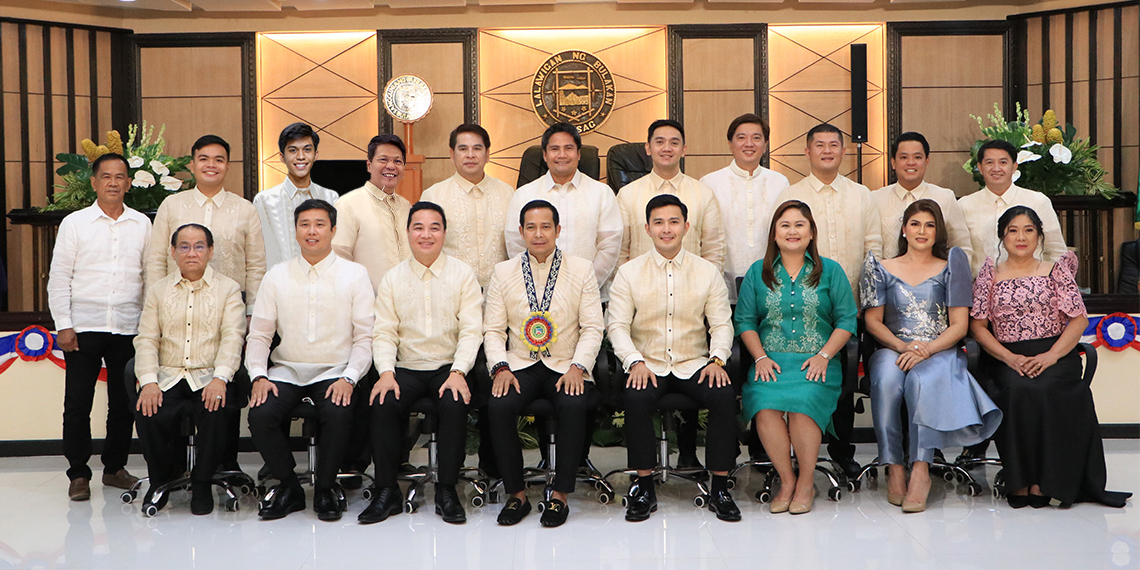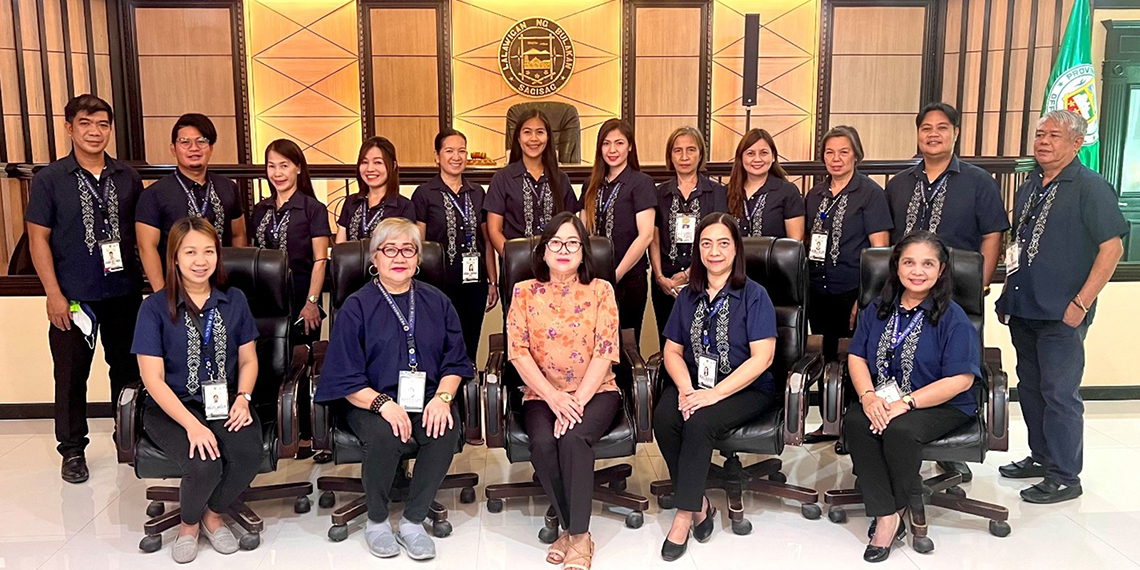

Information and Data Backup System
Everyday, hundreds and hundreds of information are accumulated by an organization through communication and dealings with other organizations. These translate into lots of documents which were added to the organization’s existing records that not only occupy additional spaces but also become a possible cause of fire accident. This reality can cause a lot of trouble to an organization in the future if nothing is done about it.
Many of today’s innovations, such as emails, word processing, computer printers, high speed duplicators, microfilms, etc., serve the primary purpose of producing paper documentation. Although tomorrow’s mail may be received via satellite or wire, it will still have to be filed. In fact, the odds are good that all this new technology will mean more paper, faster and increased filing problems.
When information is stored, its value is lost if it cannot be retrieved quickly when needed. Records must be arranged by some systematic plan to permit quick retrieval. Hence, the need for record management which ensures the use of improved techniques of collecting, using, storing, maintaining, retrieving and disposing of information in various physical forms.
In the Office of the Secretary to the Sangguniang Panlalawigan, thousands of documents are presently compiled and continuously growing in its Legislative Library and Archives which could not be easily disposed of or relocated because these records are very important and are always use for reference and research, not only by the members of the Sangguniang Panlalawigan, but also by other offices or persons, even by students.
Since the documents are continually accumulating, time will come when the available space would not be enough to house these documents, so some systems of safekeeping have to be done – one of which is the preservation of these documents by backing them up electronically or digitally, or in other term, digital archiving. Simply speaking, it is scanning the document to come up with a digital copy that will be stored in the computer and in an external storage that can be kept in a safe place and re-opened at any time from any computer.
To implement this method, the office had acquired some equipment such as one heavy-duty photocopying machine with scanning and printing capabilities, two external hard drives with large capacities and additional computers.
Right now, the office is continuously scanning all its vital documents, particularly the more than 40,000 resolutions and ordinances, including attachments, stored in the Legislative Library and Archives.
